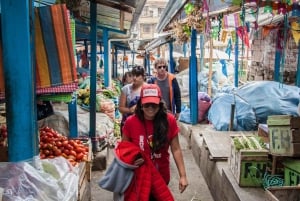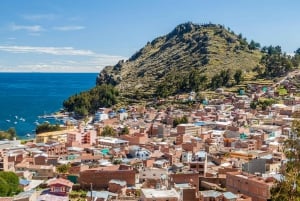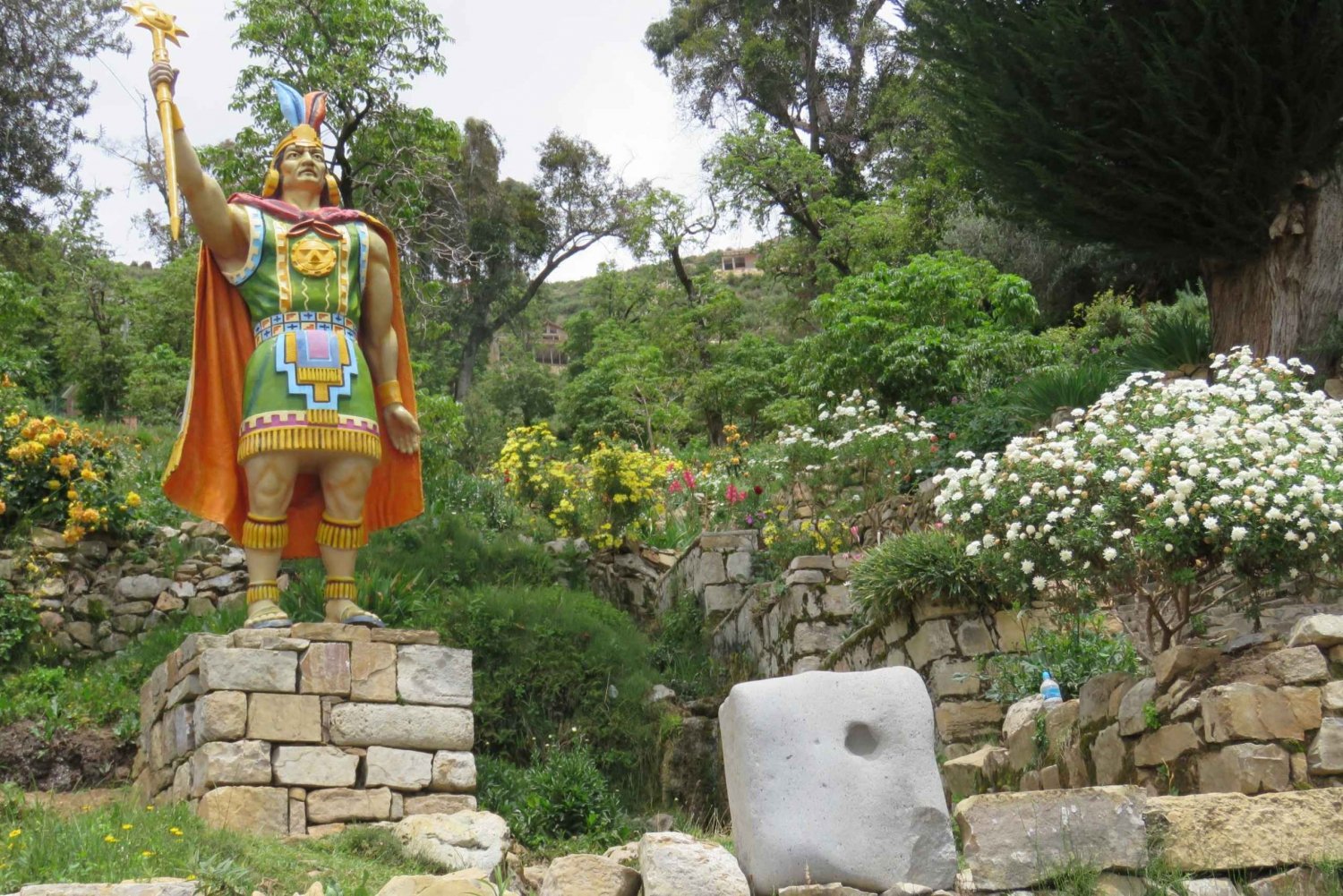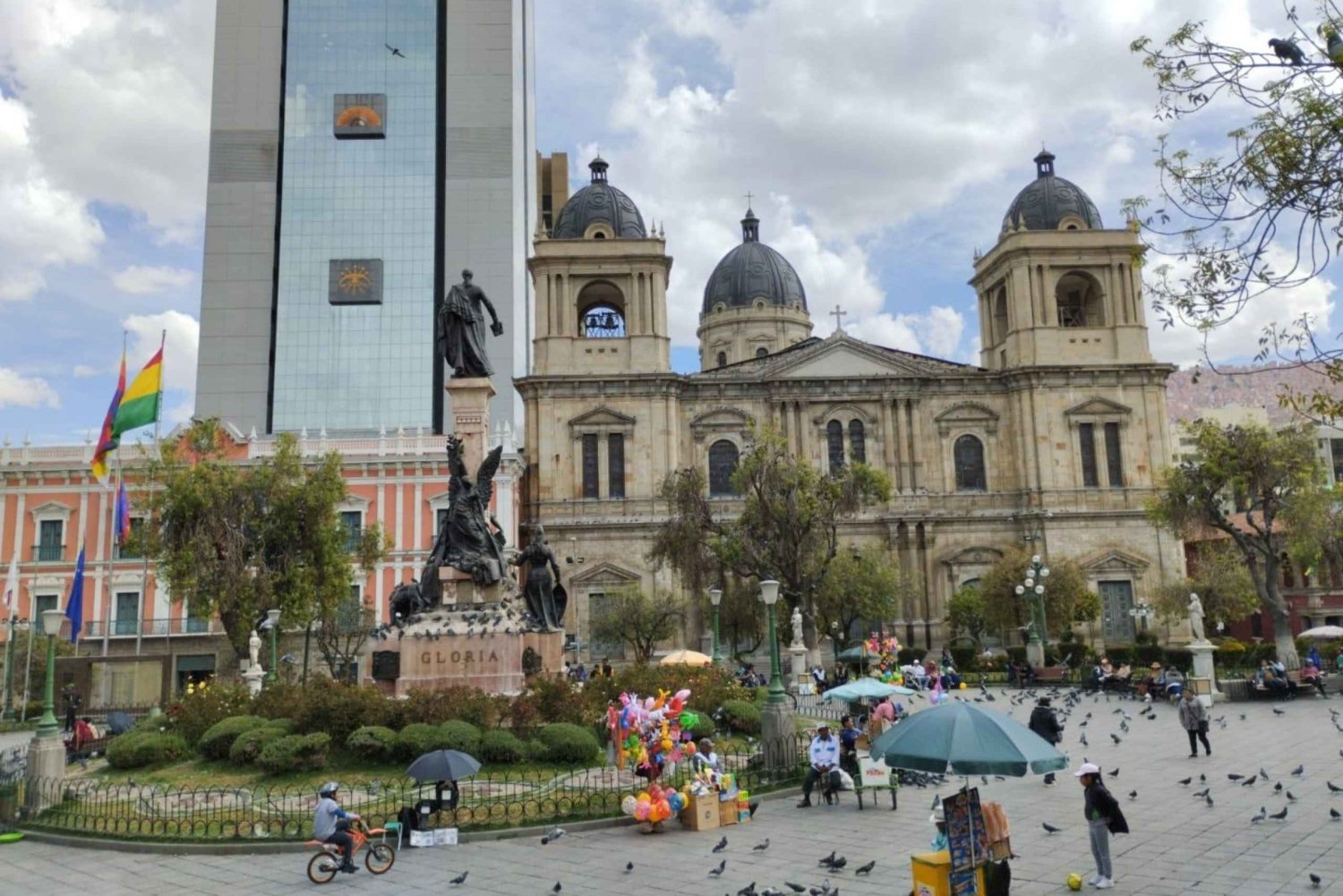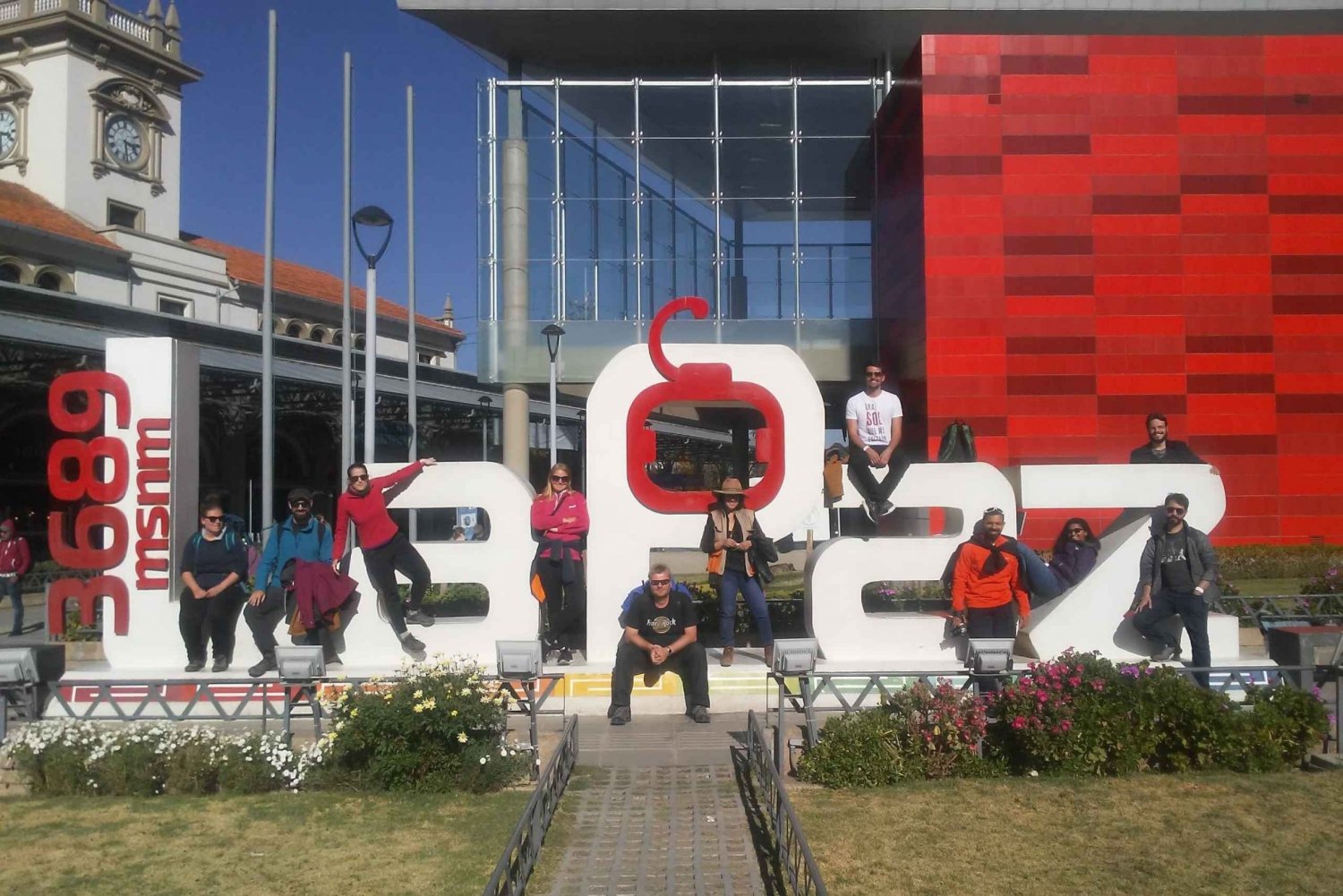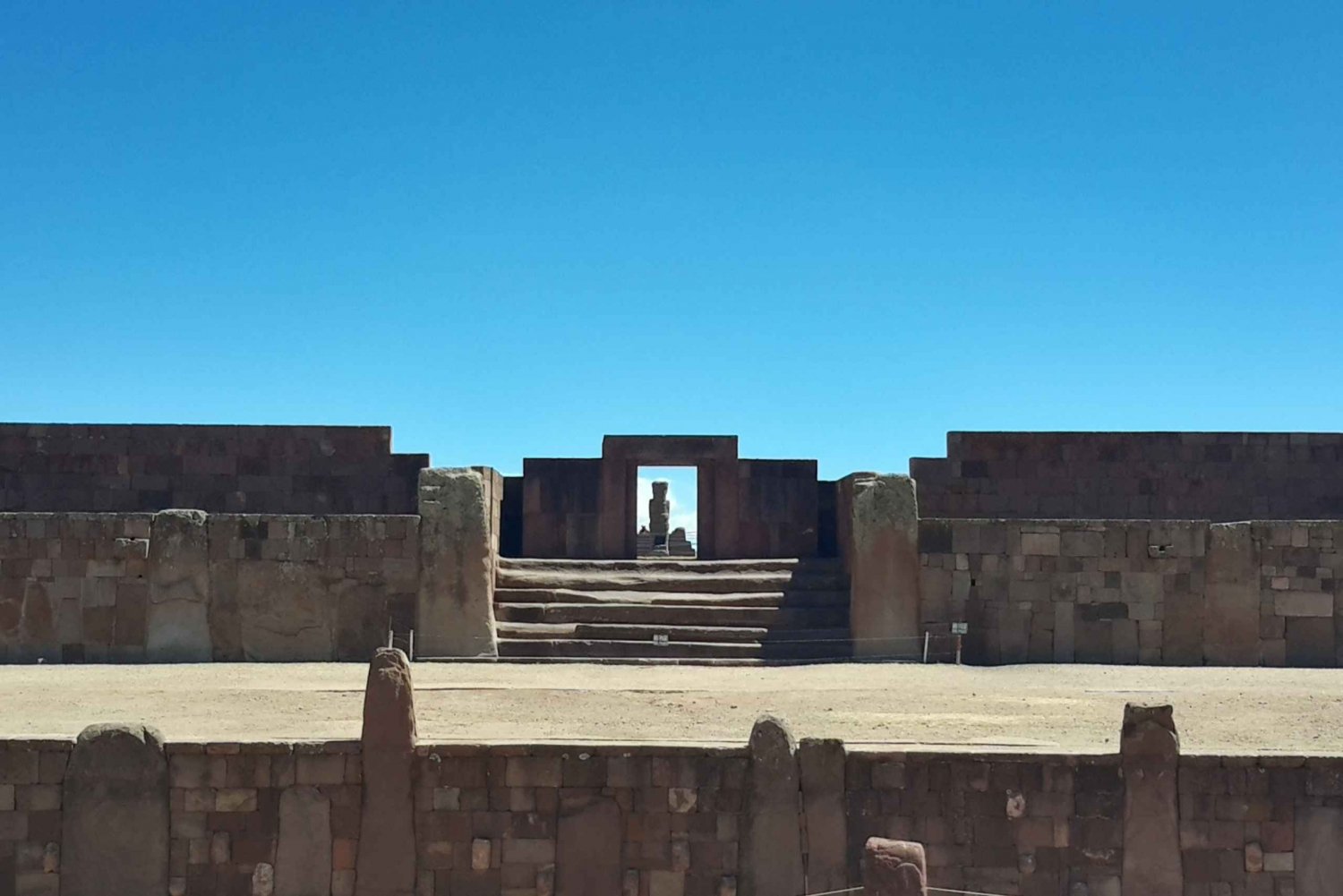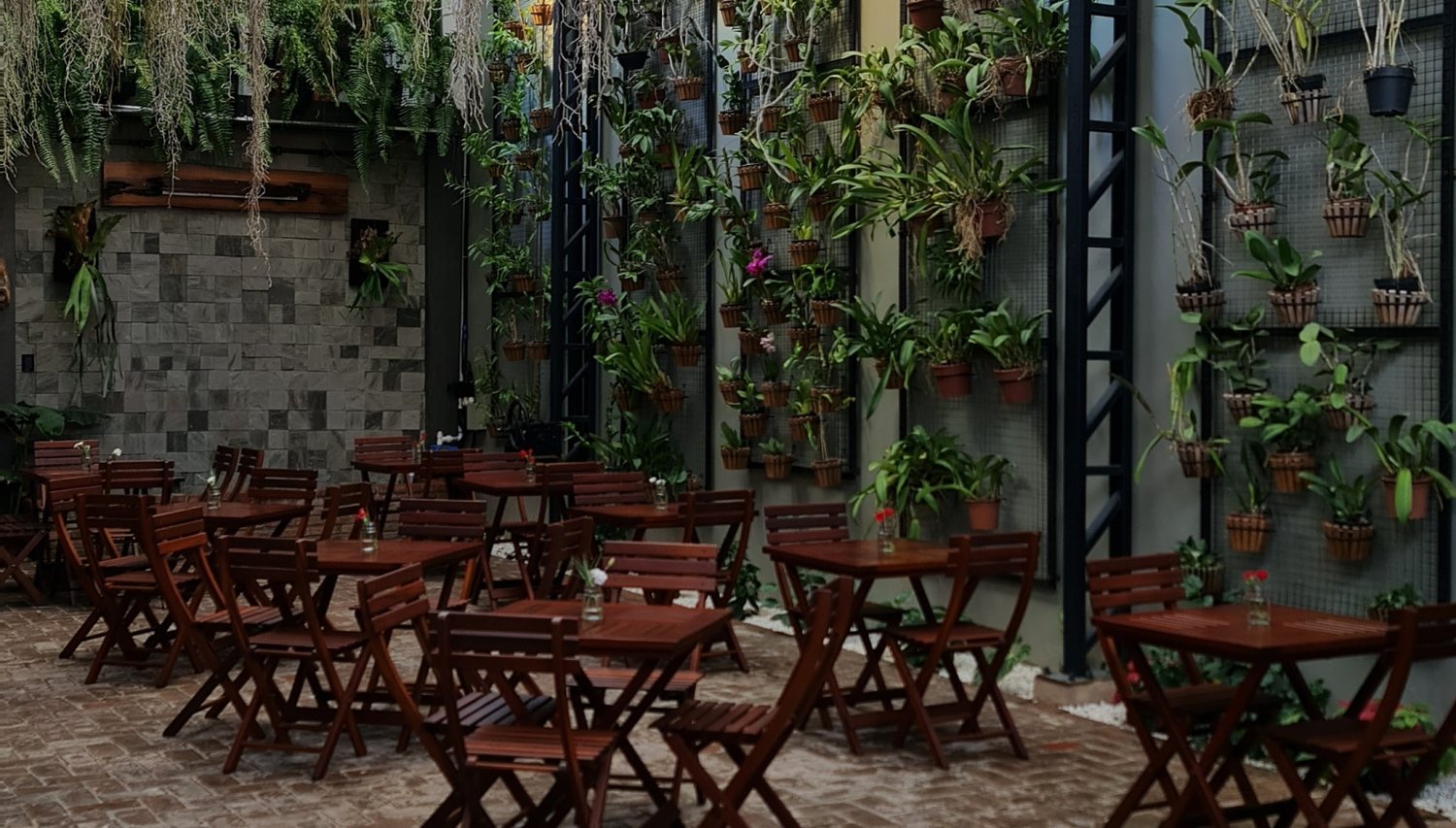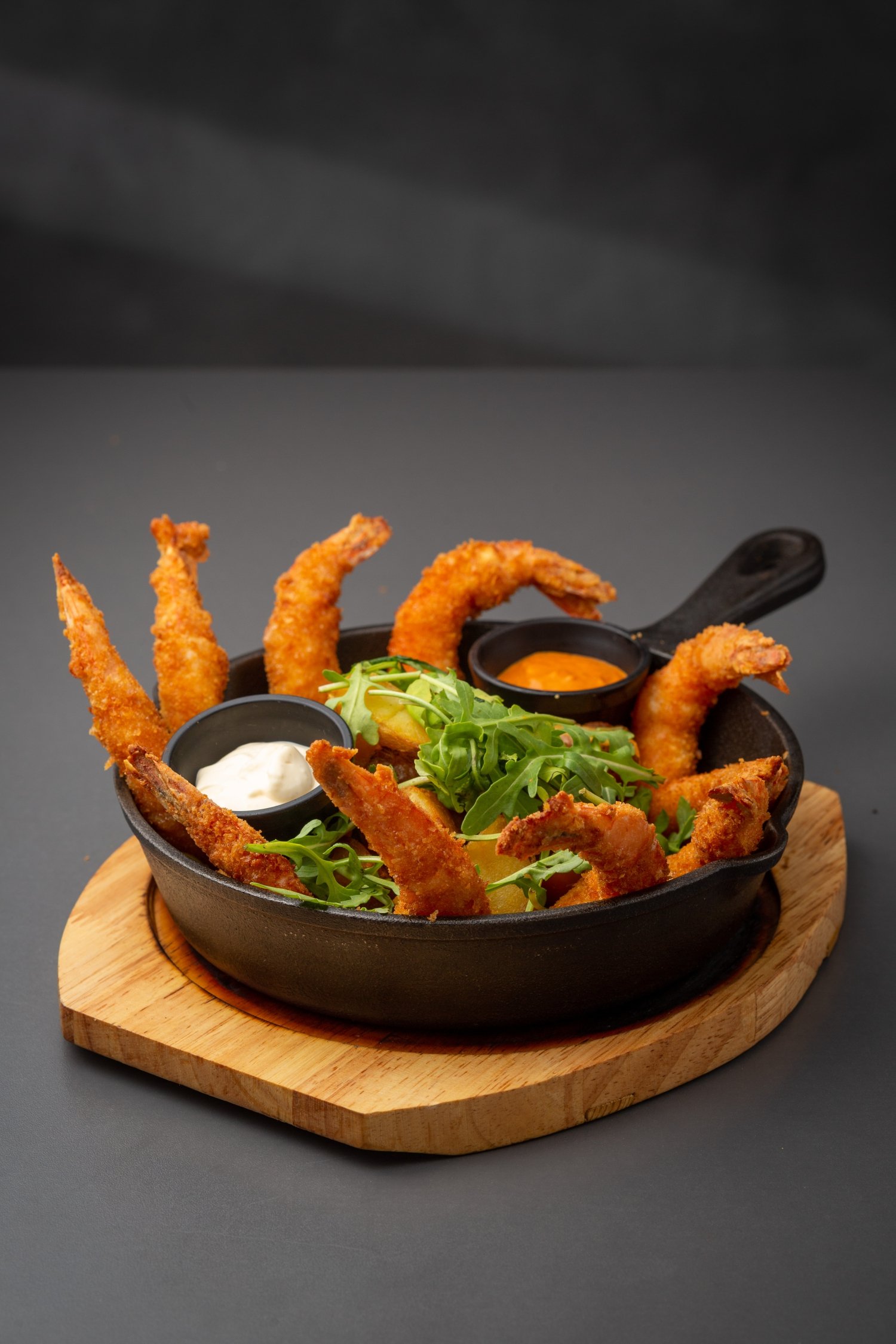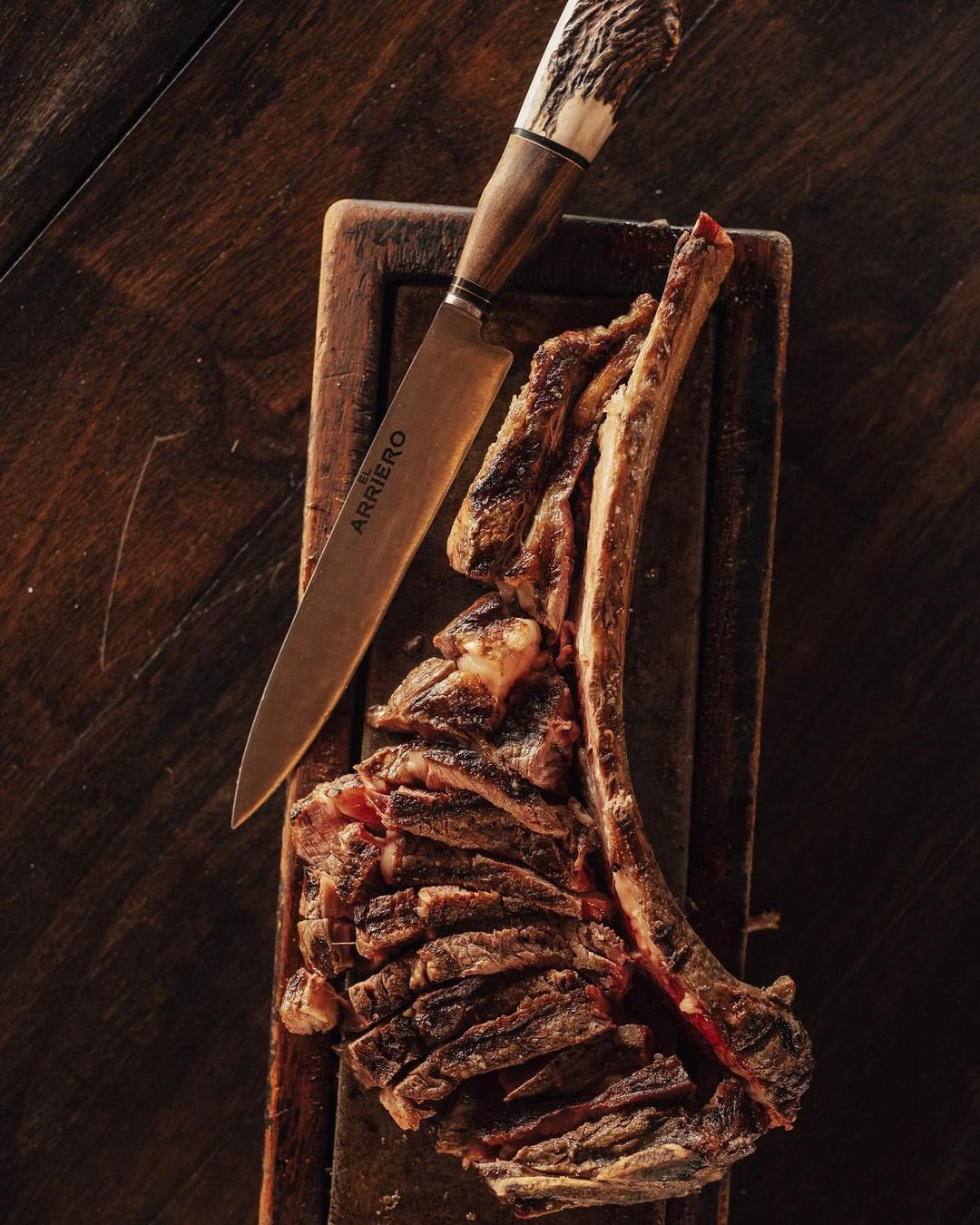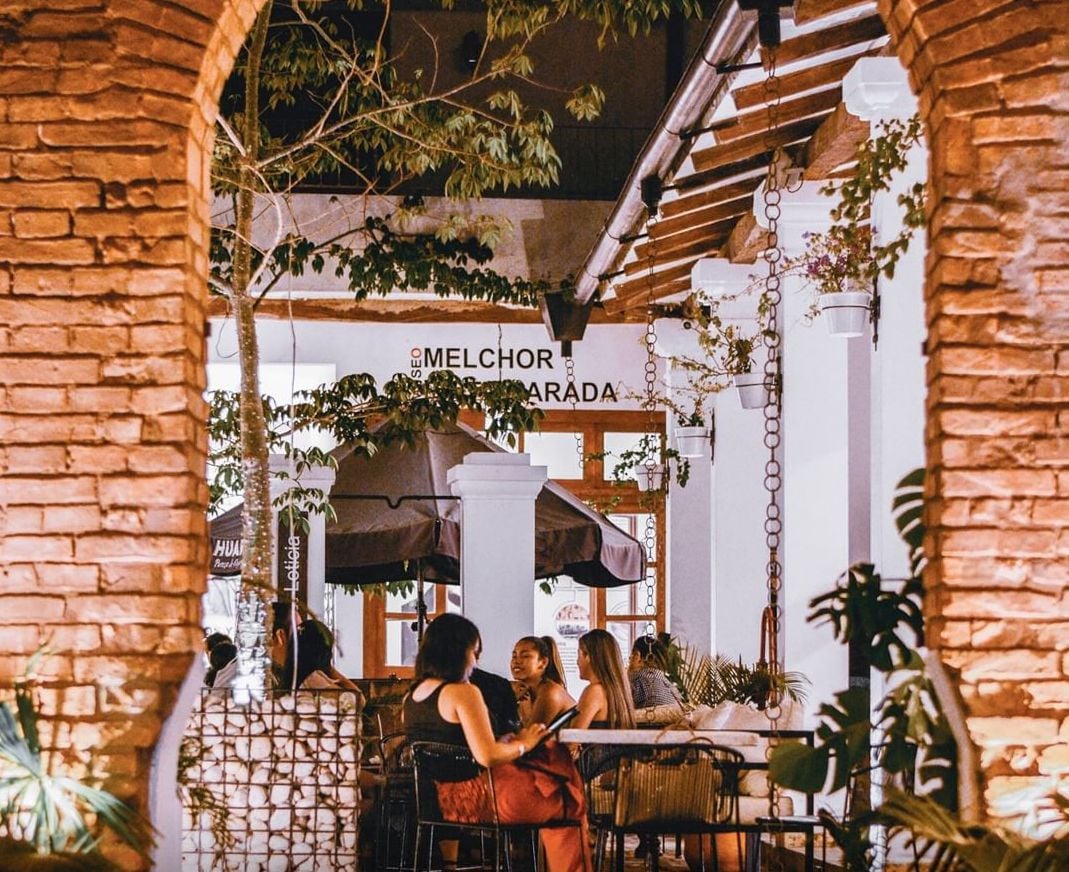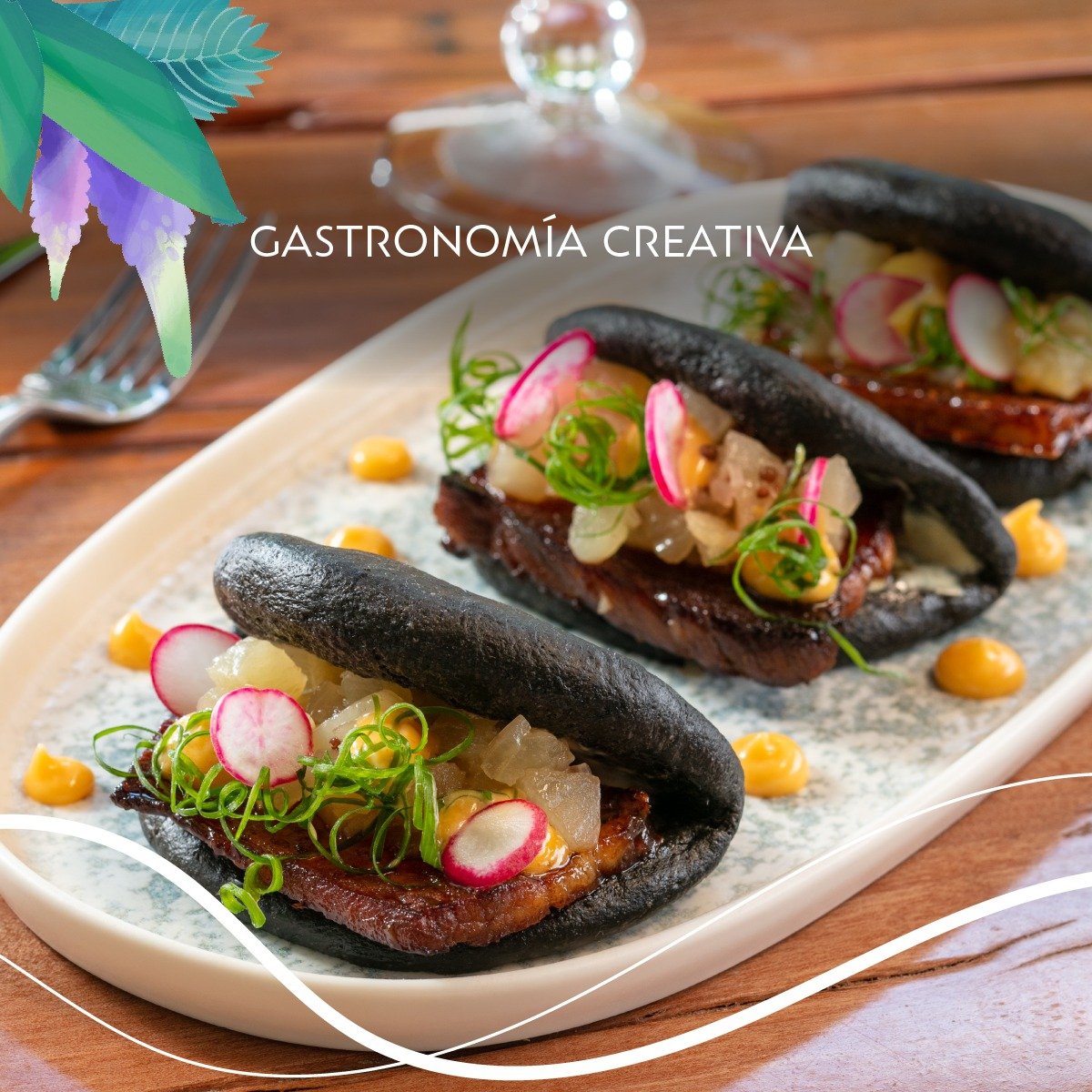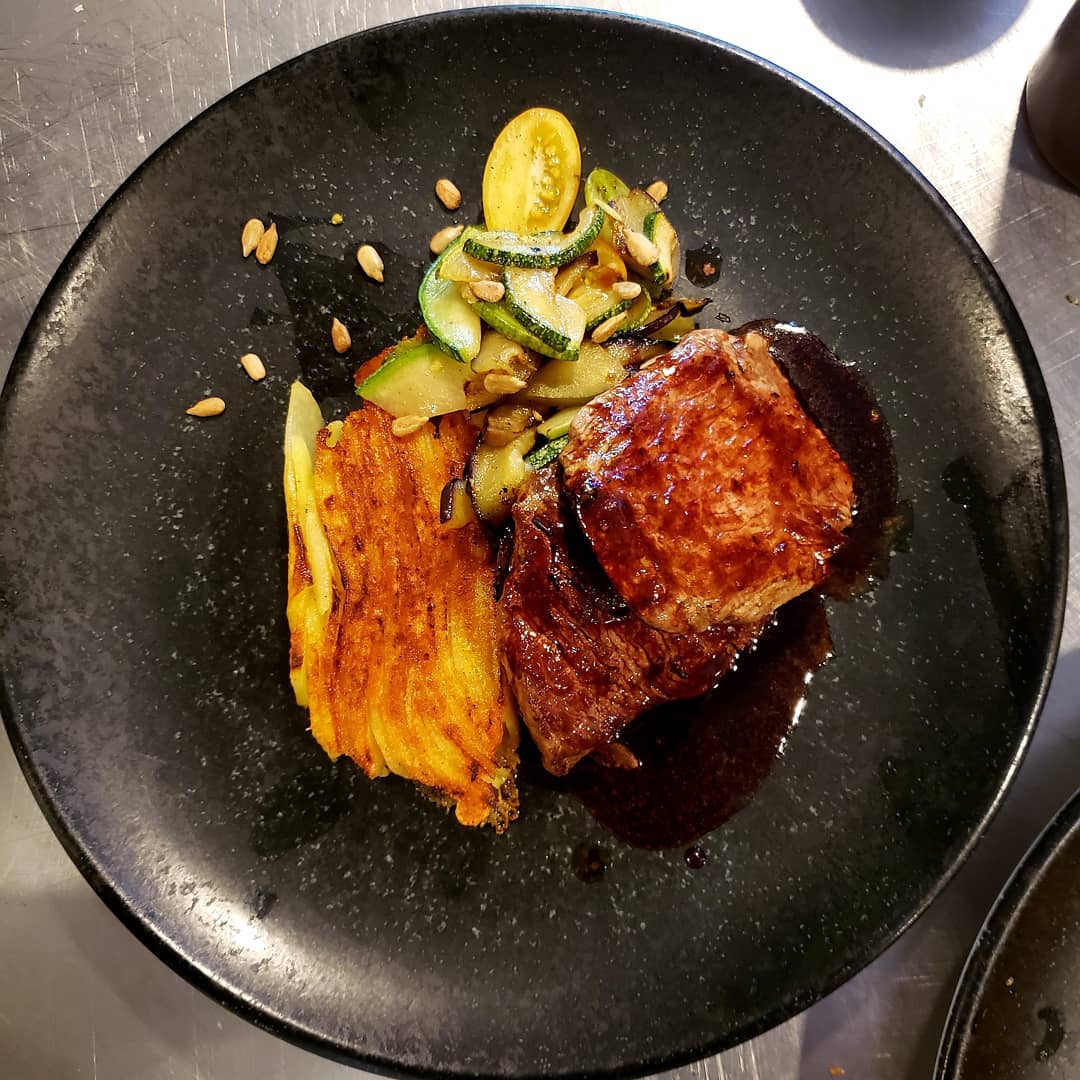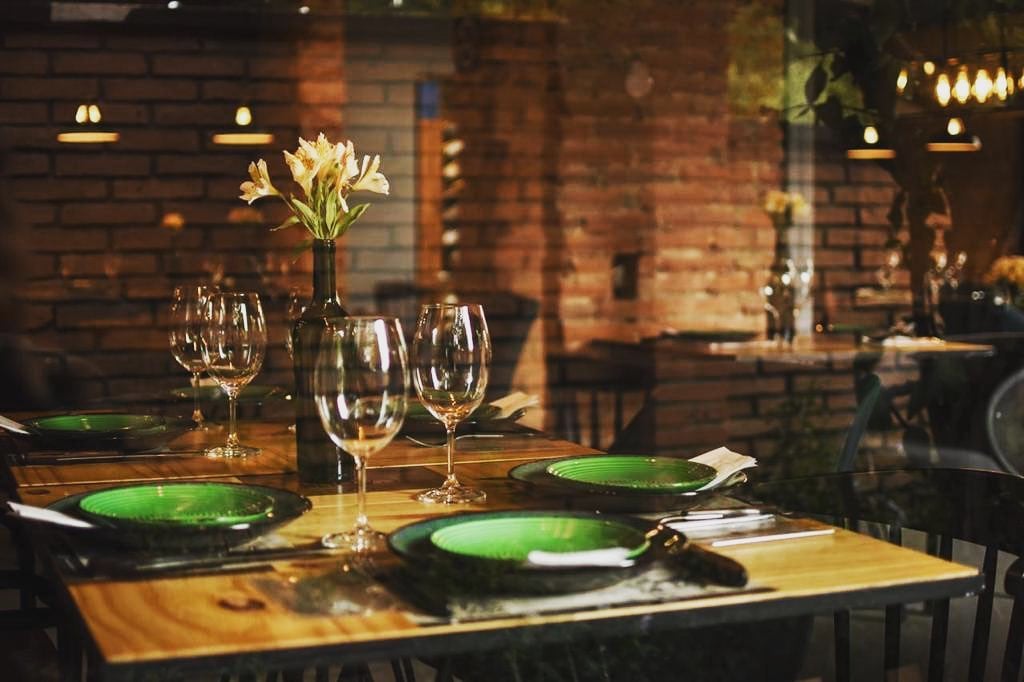Traditional Dishes To Look For In Bolivia
Book Top Experiences and Tours in Bolivia:
If youʻre booking your trip to Bolivia last minute, we have you covered. Below are some of the top tours and experiences!- From La Paz: 2-Day Tour to Isla del Sol & Lake Titicaca
- From Uyuni: Red Lagoon & Uyuni Salt Flats 3-Day Guided Tour
- From La Paz: Uyuni Salt Flat Tour & Overnight Roundtrip Bus
- Puno: Uros Floating Islands and Taquile Island Full-Day Tour
- Medellín: Ride an E-Bike Like a Local with Snack Included
Here are some of the top dishes to look for in Bolivia:
Salteñas
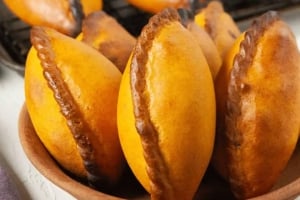
The salteña is the national dish of Bolivia and a staple of bolivian street food.
These savory pastries are the bolivian version of empanadas. The dough is filled with a mixture of beef, potatoes, peas, and spices, then baked until golden brown. Salteñas are typically eaten as a breakfast or mid-morning snack and are often accompanied by a cup of coffee.
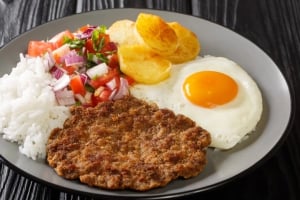
This hearty dish consists of a thin, breaded beef cutlet topped with rice, potatoes, onions, and a fried egg. It is often served with a side of salsa. Silpancho is a popular street food in Bolivia and can be found at many local restaurants and food stalls. It is a filling and delicious meal that is perfect for lunch or dinner and is sure to satisfy even the heartiest of appetites.
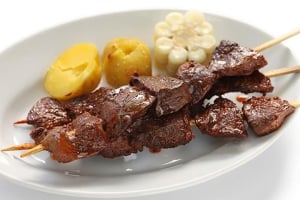
Anticuchos are a traditional Bolivian (and also Peruvian) dish that are popular across the country, particularly in La Paz and the surrounding areas. The dish consists of marinated beef hearts that are skewered and grilled over an open flame. Anticuchos are often served with a side of boiled potatoes, a spicy salsa made with ají amarillo (yellow chili pepper), and aji llajwa (a Bolivian hot sauce made with tomatoes, onions, and chili peppers). In Bolivia, Anticuchos are often sold by street vendors and are a popular snack or street food. They are also commonly served in restaurants and at festivals and celebrations.
Pique Macho
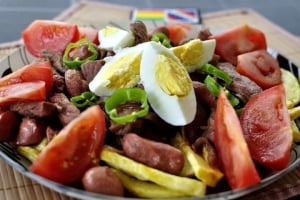
Pique Macho is a dish that is popular in the city of Cochabamba. It is a hearty platter of beef, sausage, and French fries, topped with a spicy tomato sauce and served with a side of pickled vegetables. The name Pique Macho roughly translates to "macho bite" or "spicy bite," and it certainly lives up to its name. The dish is spicy, flavorful, and packed with protein and carbohydrates.
This traditional dish can be found in restaurants and street food vendors throughout the country.
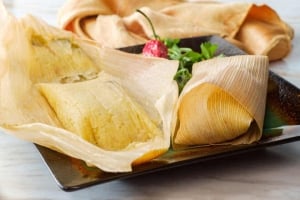
Humintas are similar to tamales, but they are made with fresh corn instead of masa. The corn is ground into a paste, mixed with cheese and spices, then wrapped in corn husks and steamed. The dish has its roots in the Inca Empire, where it was a staple food of the indigenous population.
One of the unique features of humintas is that they can be made with different varieties of corn, each of which has its own distinct flavor and texture. Some humintas are made with sweet corn, while others are made with field corn, which has a more savory flavor. Humintas are often served as a breakfast food or as a snack. They can be enjoyed hot or cold and are commonly eaten with a side of llajua, a spicy salsa made with tomatoes, onions, and chili peppers.
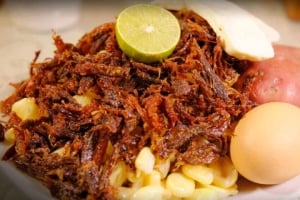
A traditional Bolivian dish that is popular in the western region of the country, particularly in the city of Sucre. It is a hearty and flavorful dish that is perfect for cold weather or for anyone looking for a satisfying meal.
The dish is made from charque, which is a type of dried meat that is commonly used in Bolivian cuisine. The charque is usually made from beef, although it can also be made from llama or alpaca meat. The dried meat is soaked in water to rehydrate it, then shredded and cooked with onions, garlic, and other spices.
The charque is then mixed with potatoes that have been boiled and mashed, along with cheese, milk, and sometimes eggs. The mixture is then baked in the oven until it is golden brown and crispy on top. Charquekan is a beloved dish in Bolivia and is often served at family gatherings and celebrations.
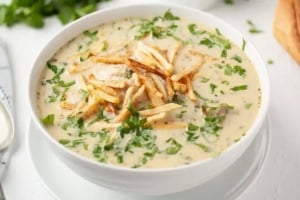
Sopa de Maní, meaning peanut soup, refers to a traditional Bolivian meat and vegetable soup thickened with ground peanuts. To make Sopa de Maní, peanuts are ground into a fine paste and then cooked with onions, garlic, and other vegetables. The mixture is then blended until smooth, and chicken broth is added to give the soup its liquid base. The history of Sopa de Maní can be traced back to the pre-Columbian era, when peanuts were a staple food of the indigenous population. The dish has since evolved and been adapted to include other ingredients, but the peanut remains the star of the show. It is often served as a main course for lunch or dinner and is a common dish at special occasions and celebrations.
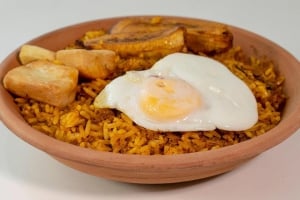
Majadito is a traditional Bolivian dish that is popular throughout the country, specially in the departments of Beni and Santa Cruz. The dish is made with rice, beef (charque), onions, tomatoes, and a variety of spices, including cumin and oregano. There are also variations that replace the charque with other meats, such as chicken, duck, among others. It is a hearty and flavorful dish that is perfect for breakfast, lunch, or dinner and also is often served at family gatherings and celebrations.
These are just a few examples of the many traditional dishes you can find in Bolivia. The country’s traditional cuisine is rich in flavor and history. From hearty soups to savory meat dishes, Bolivian cuisine reflects the country's diverse cultural heritage and natural resources. Whether you're a foodie looking to try something new or a traveler seeking to experience the local culture, Bolivia's traditional dishes offer a unique and delicious culinary adventure.









